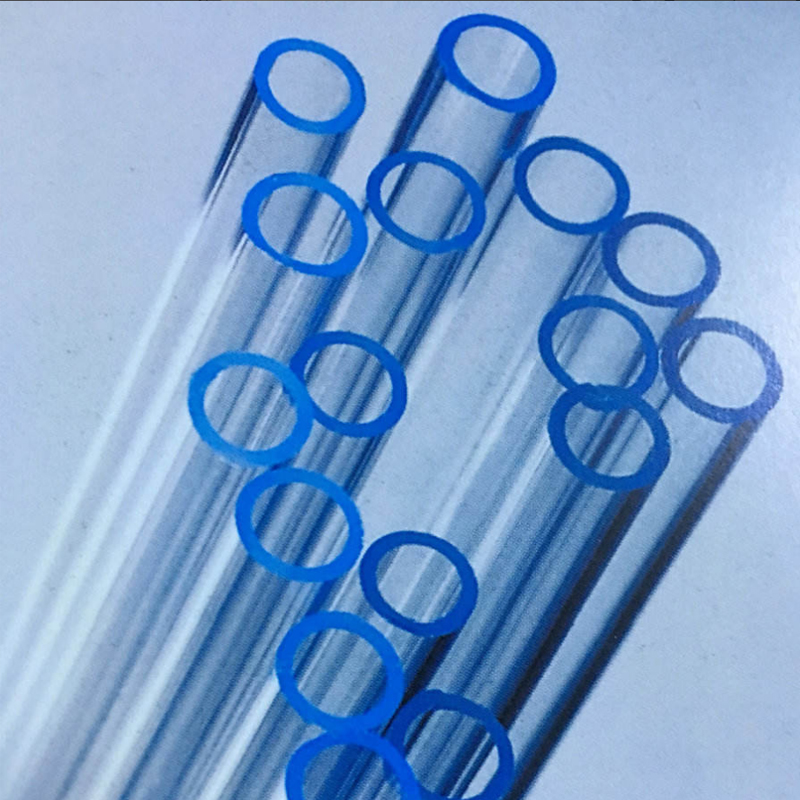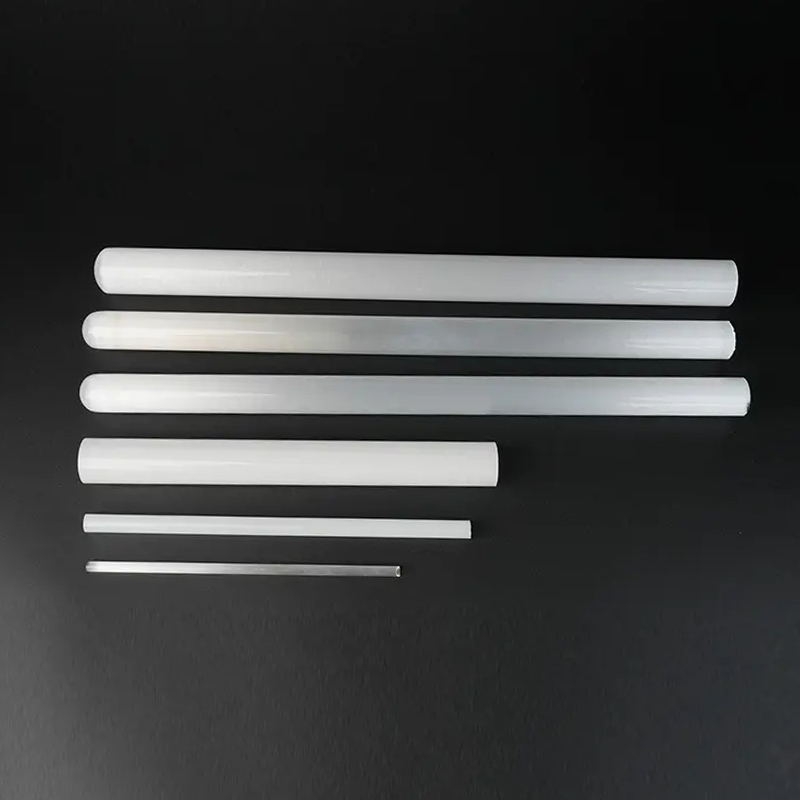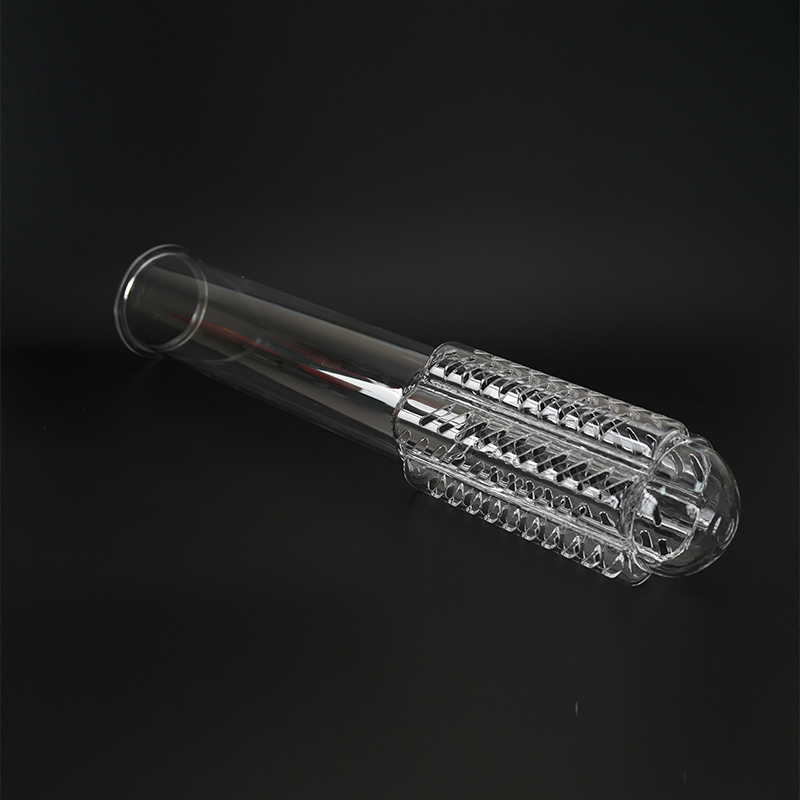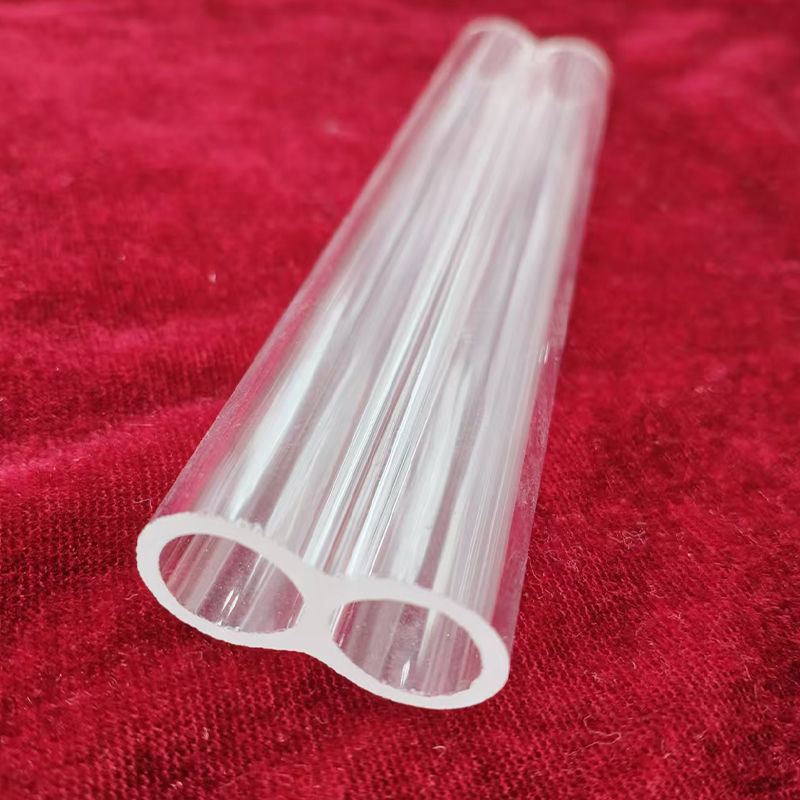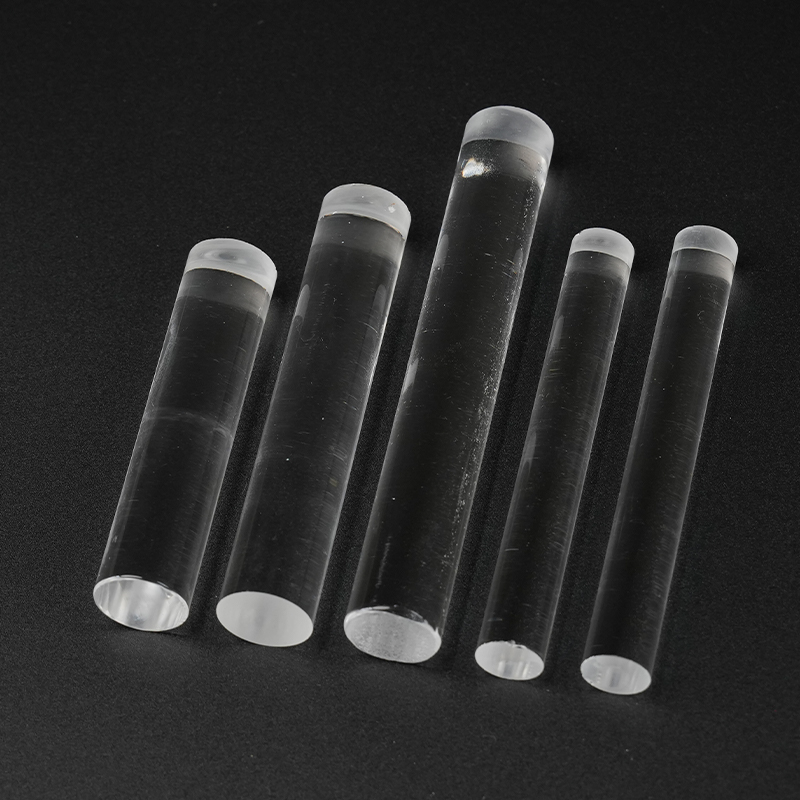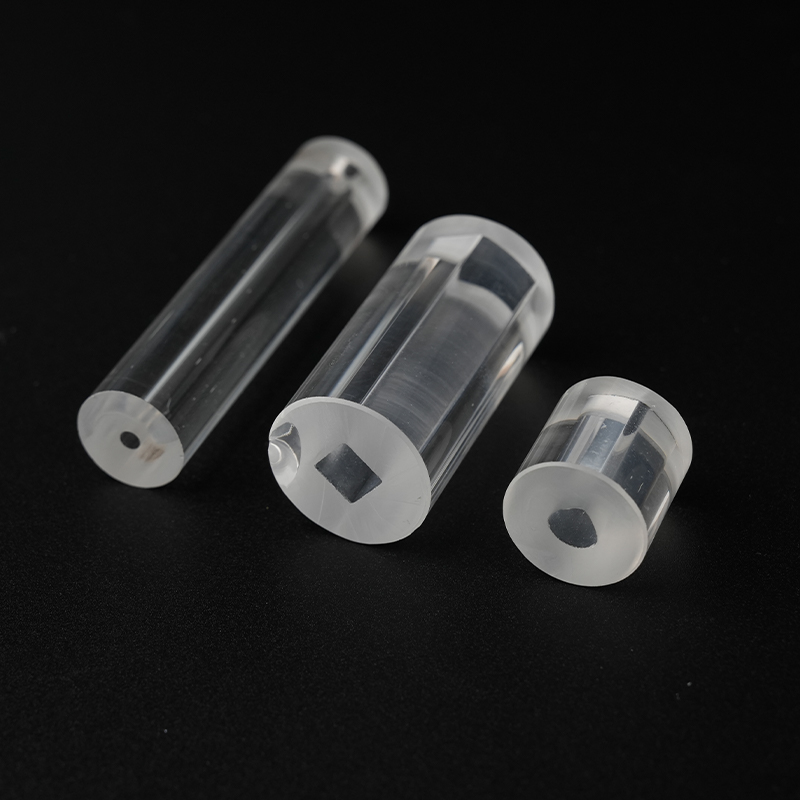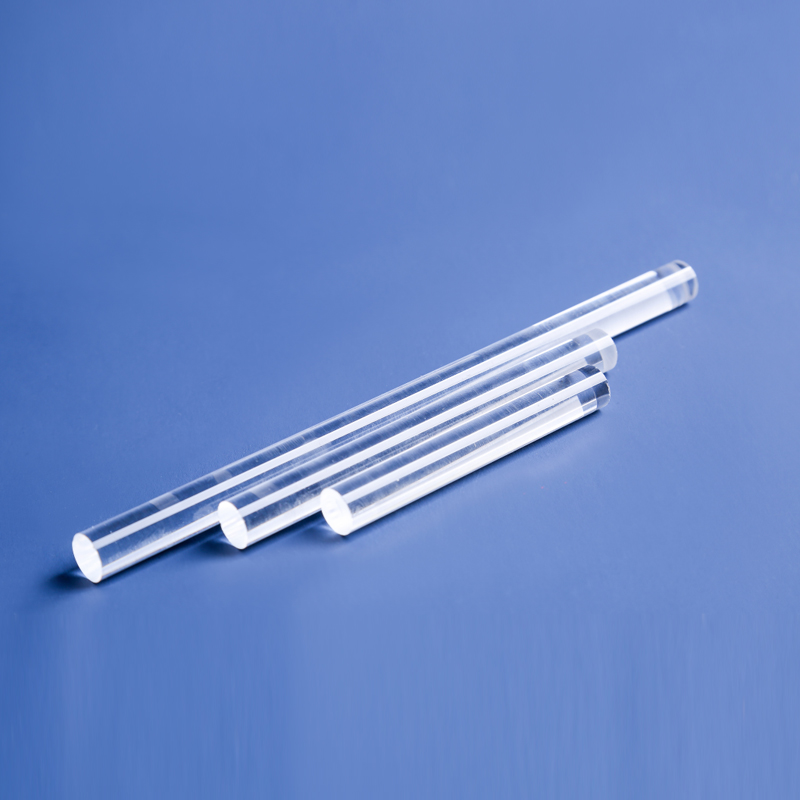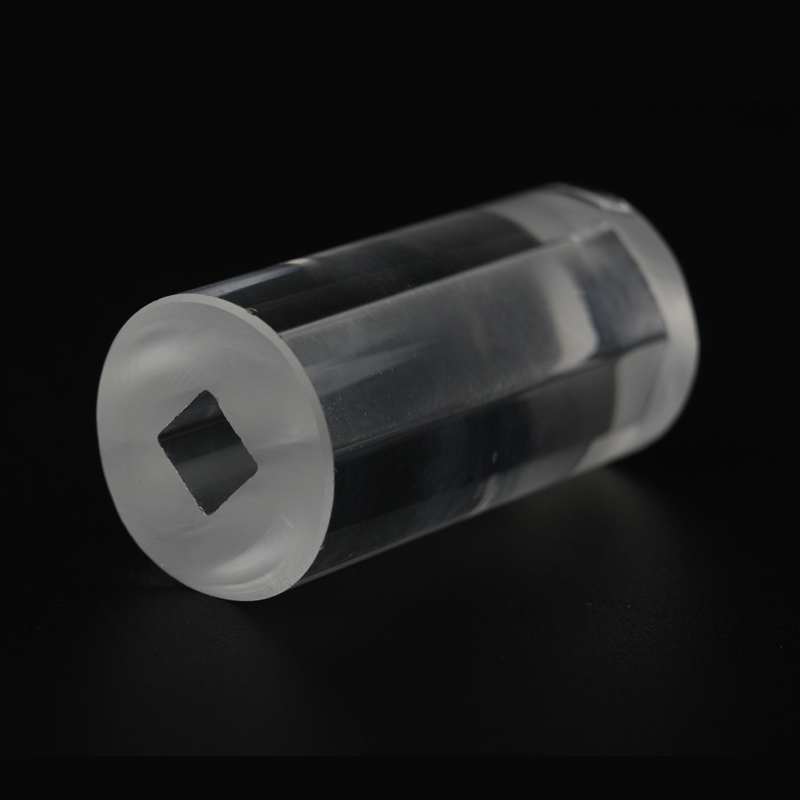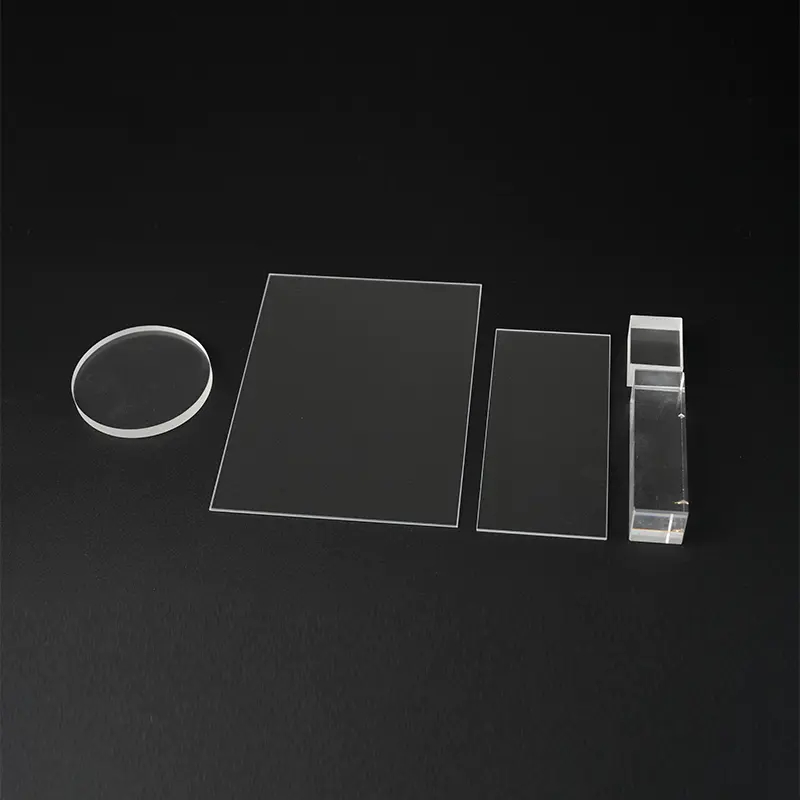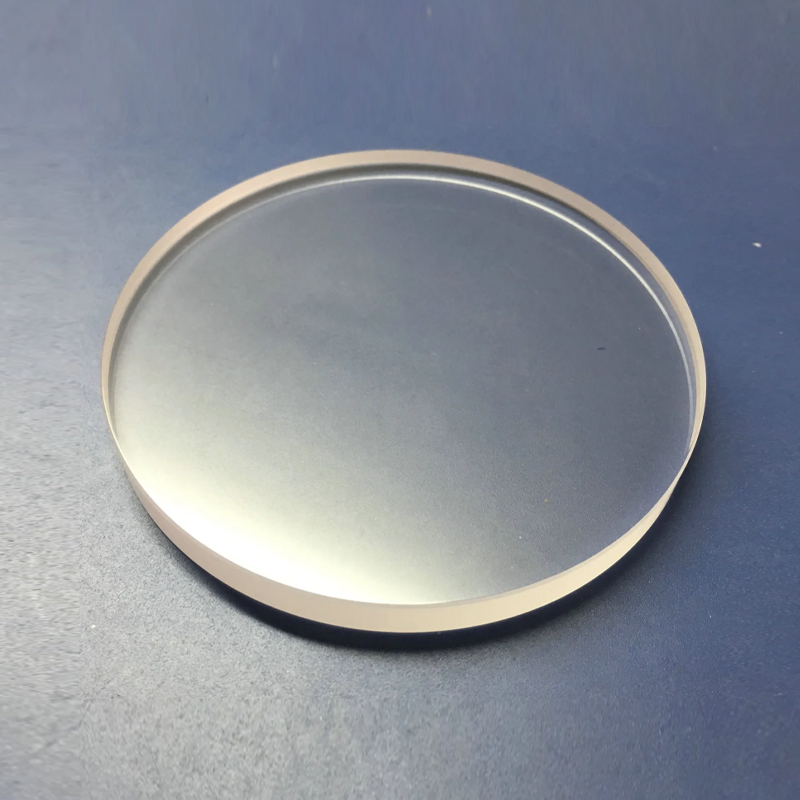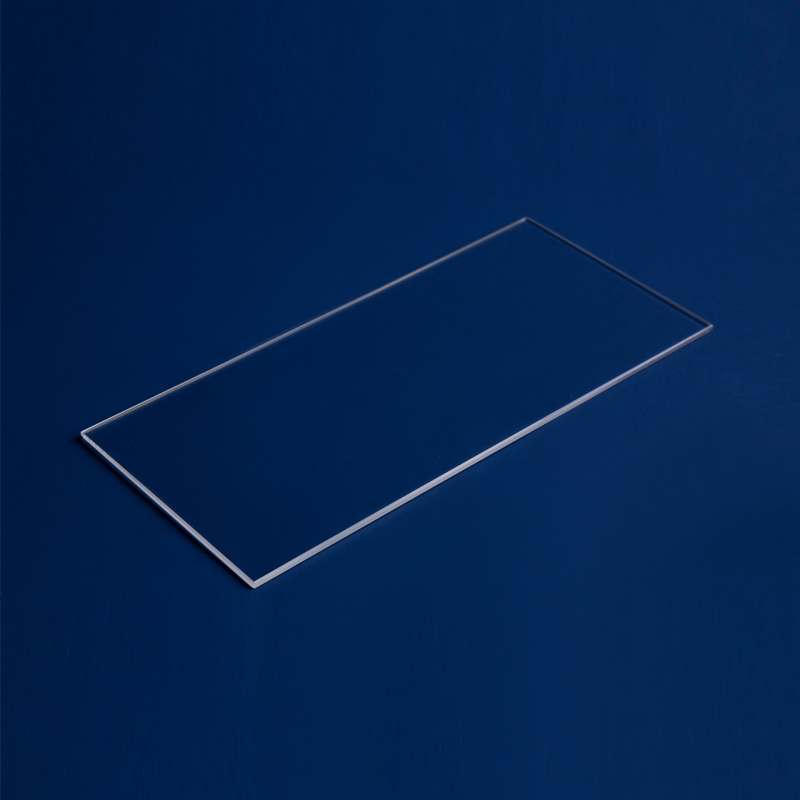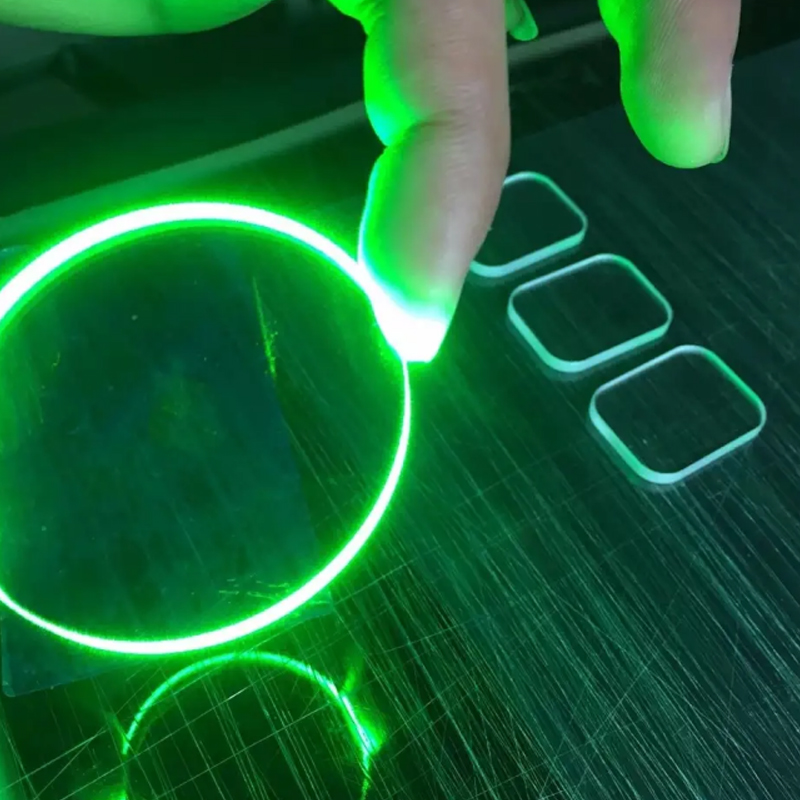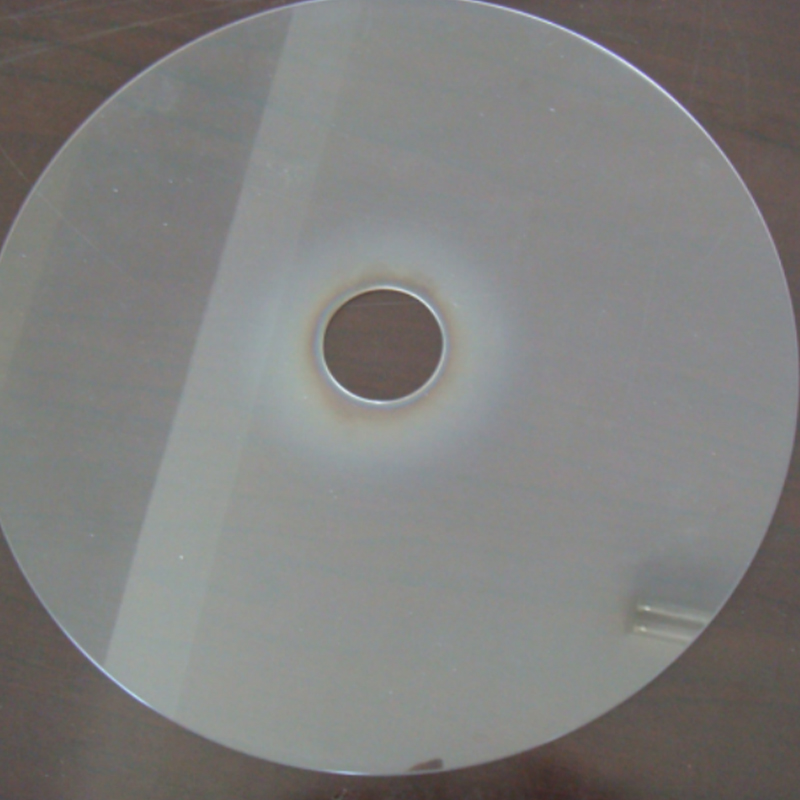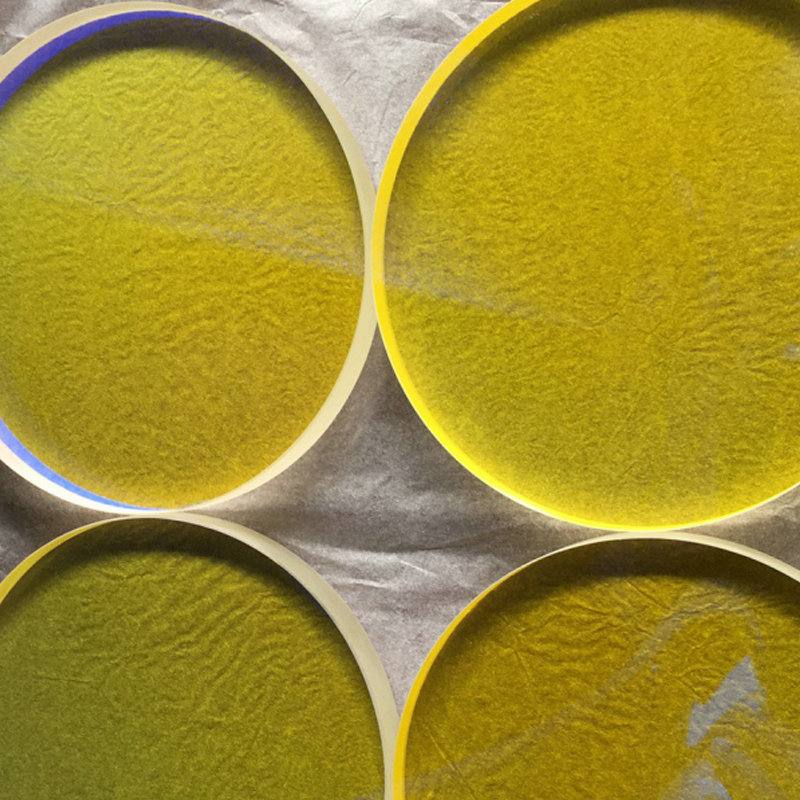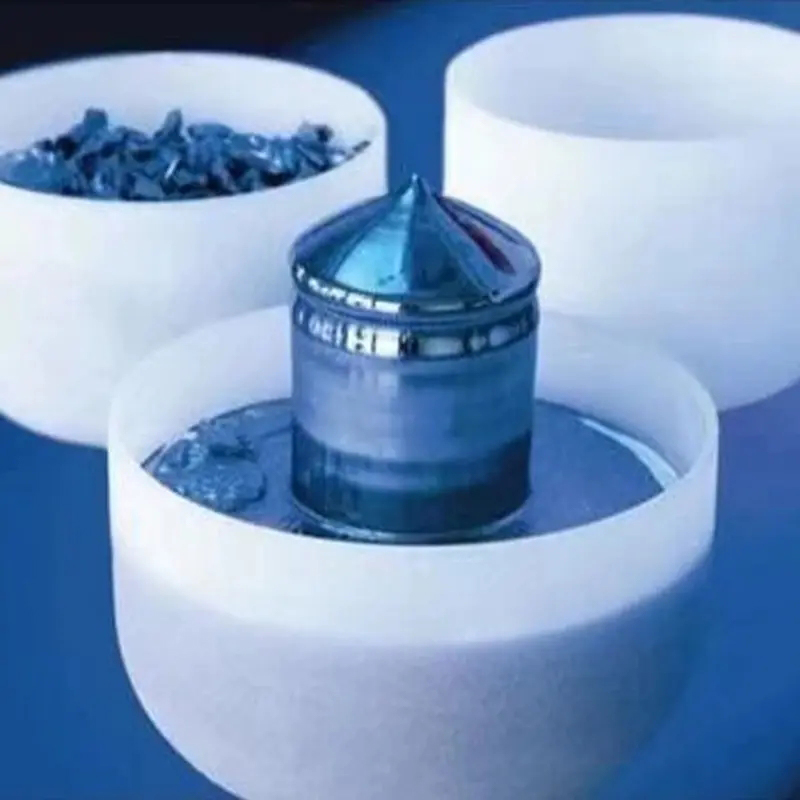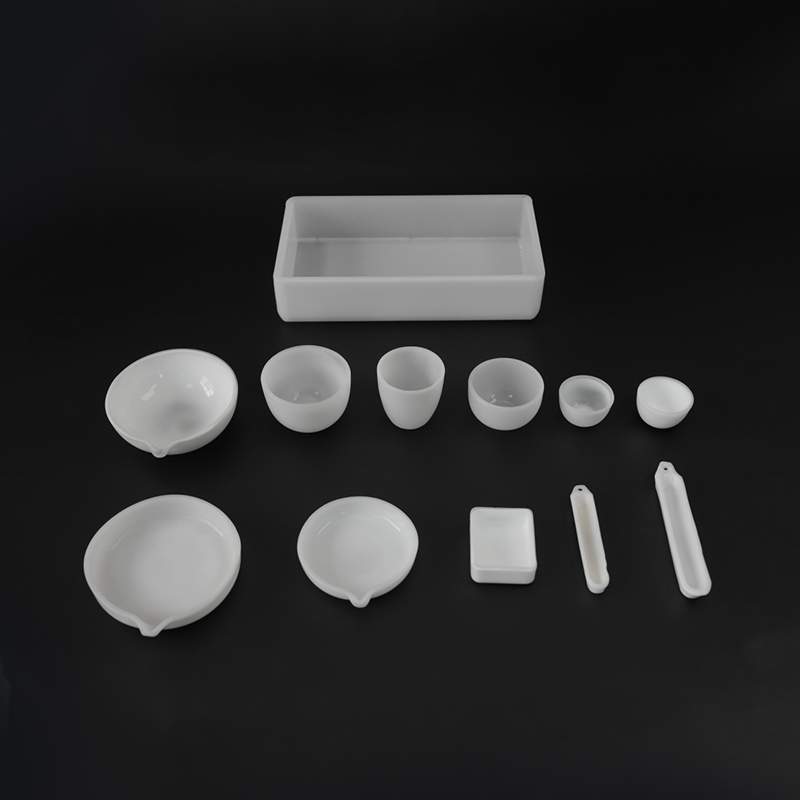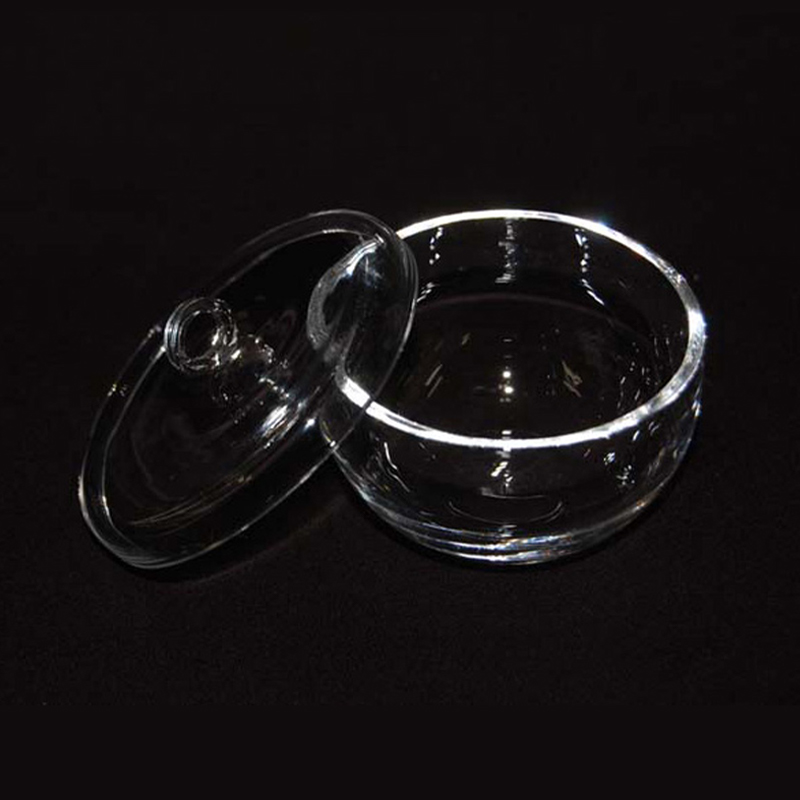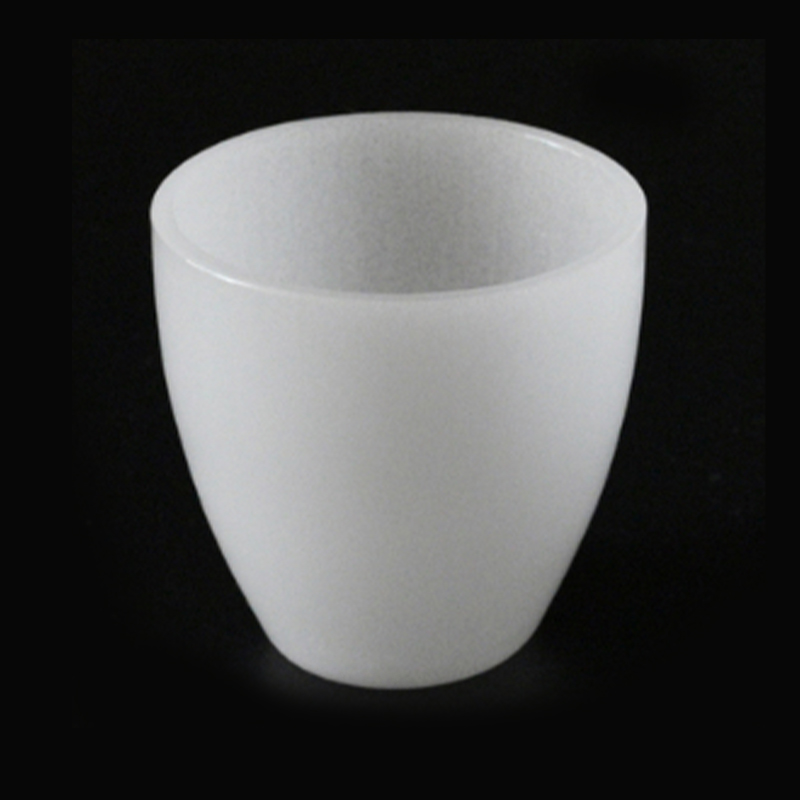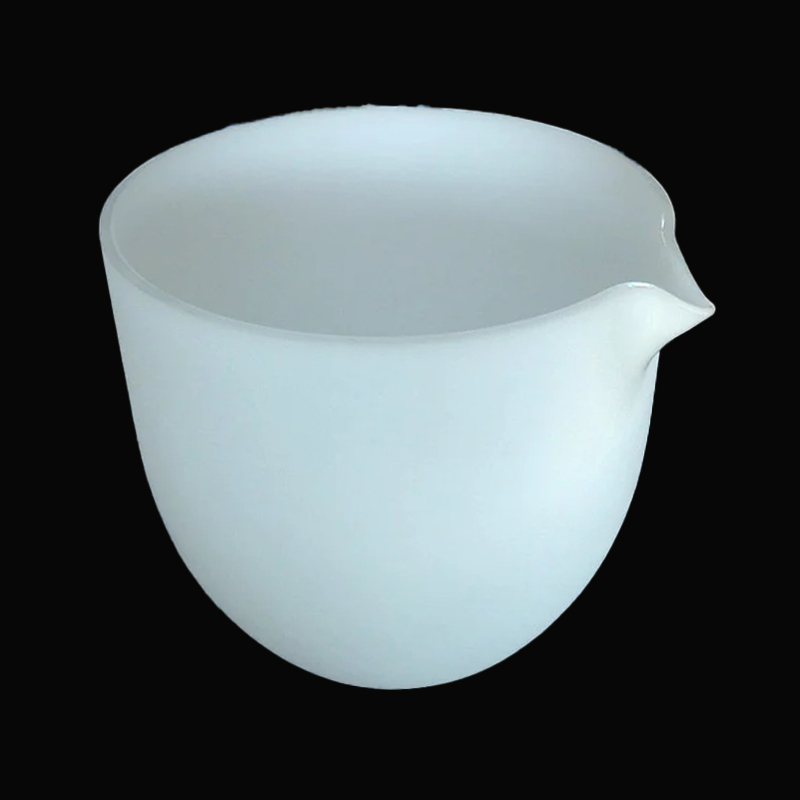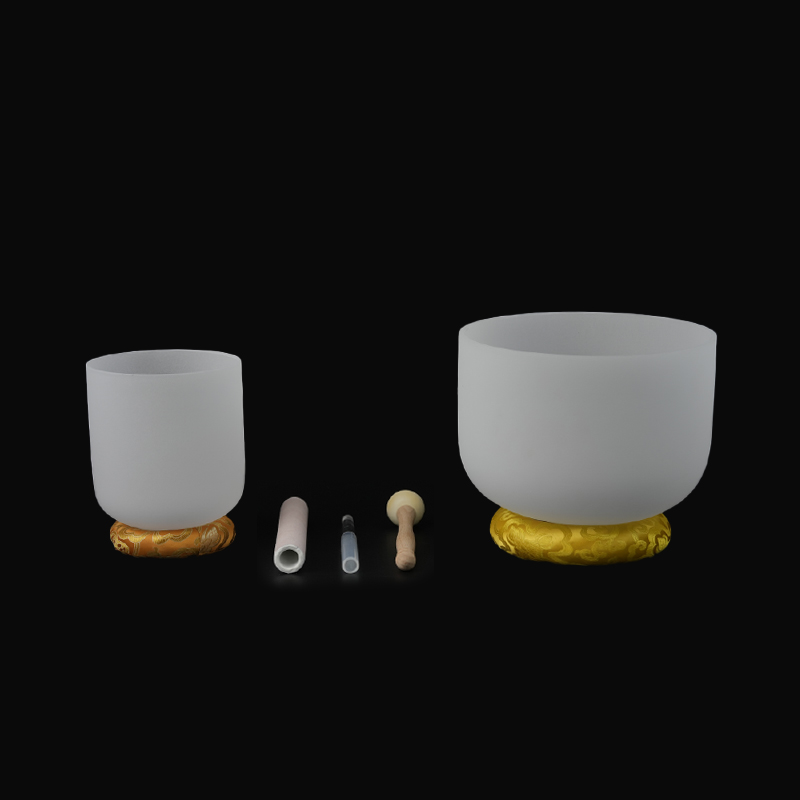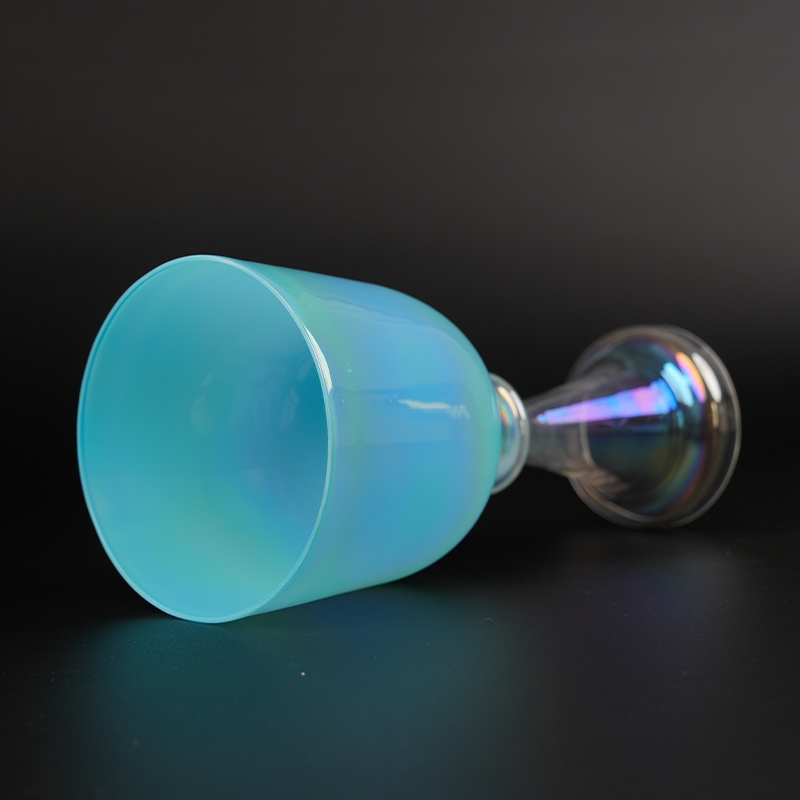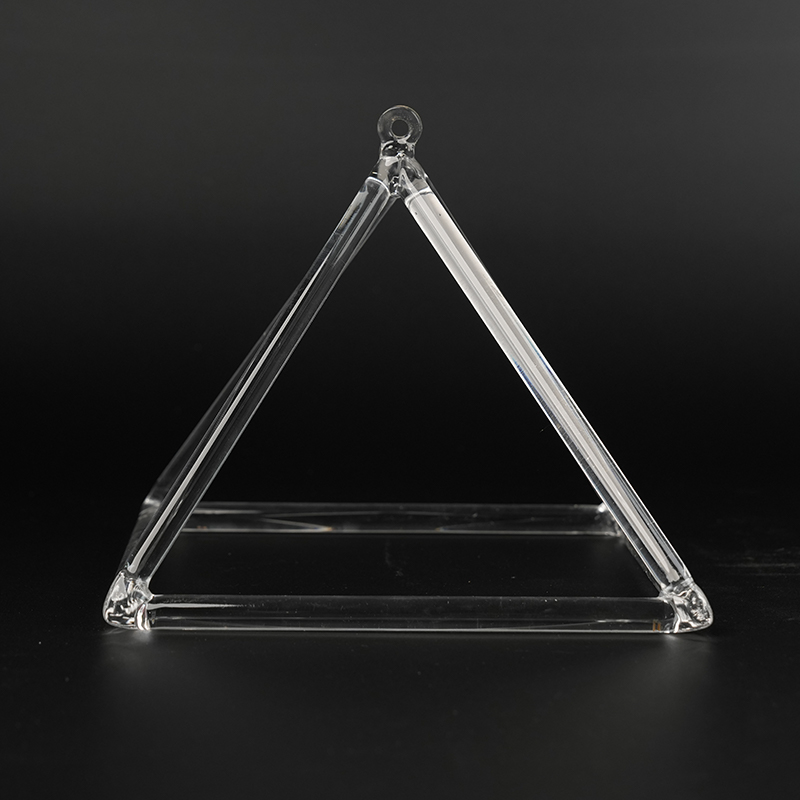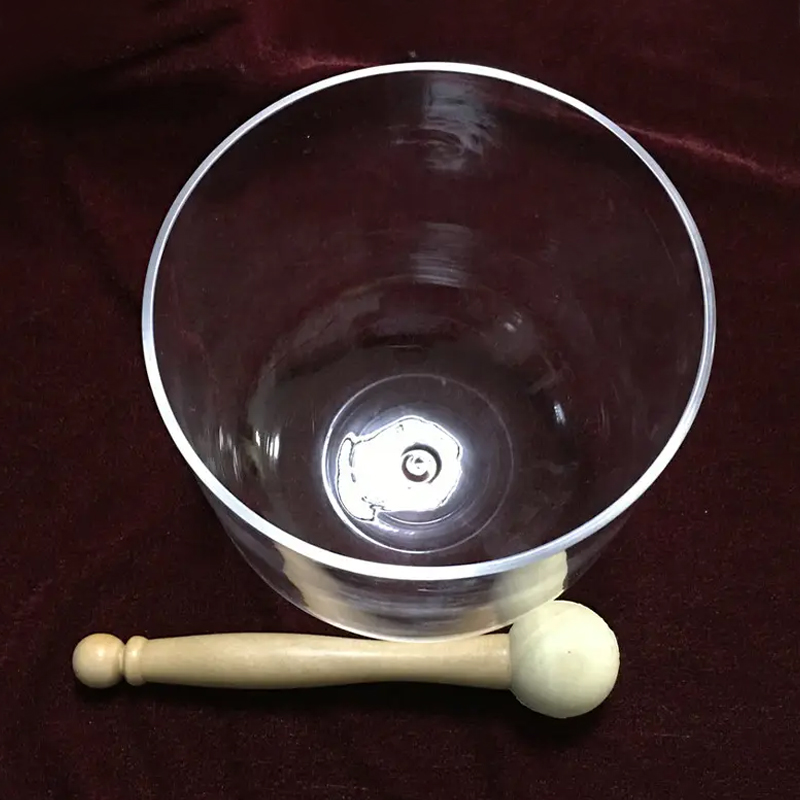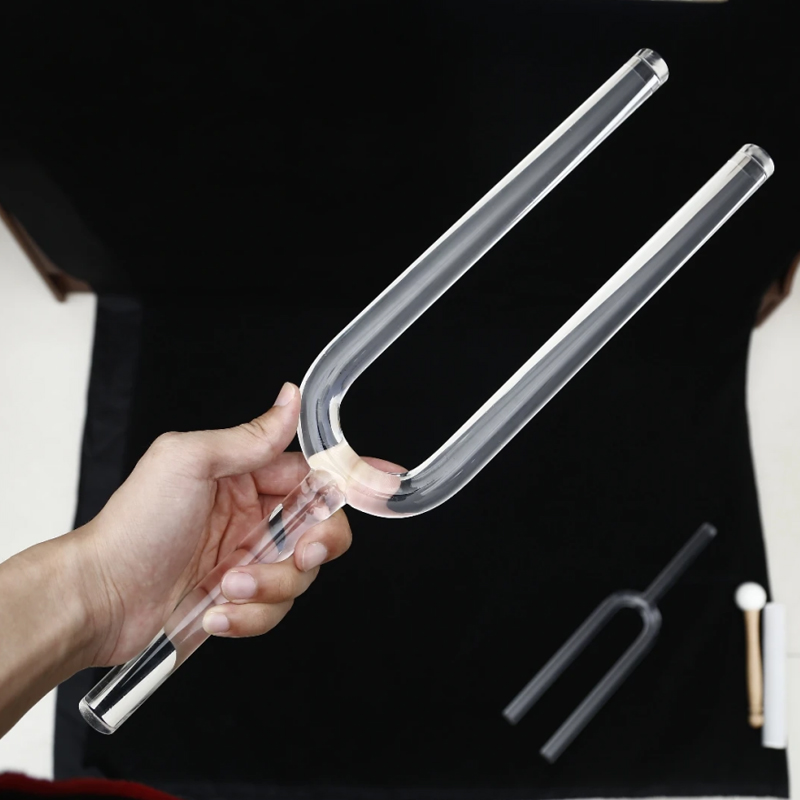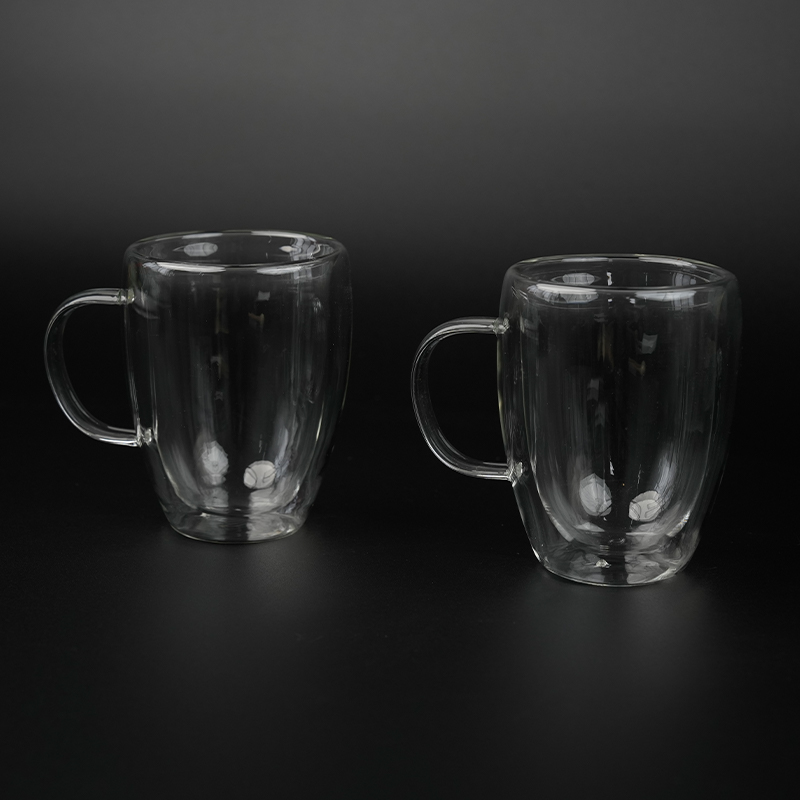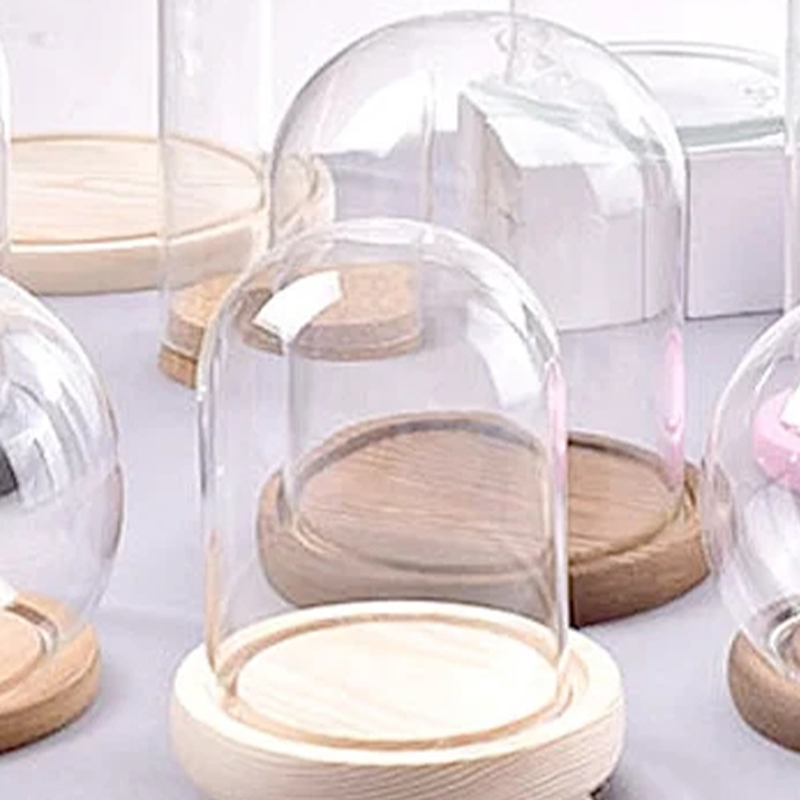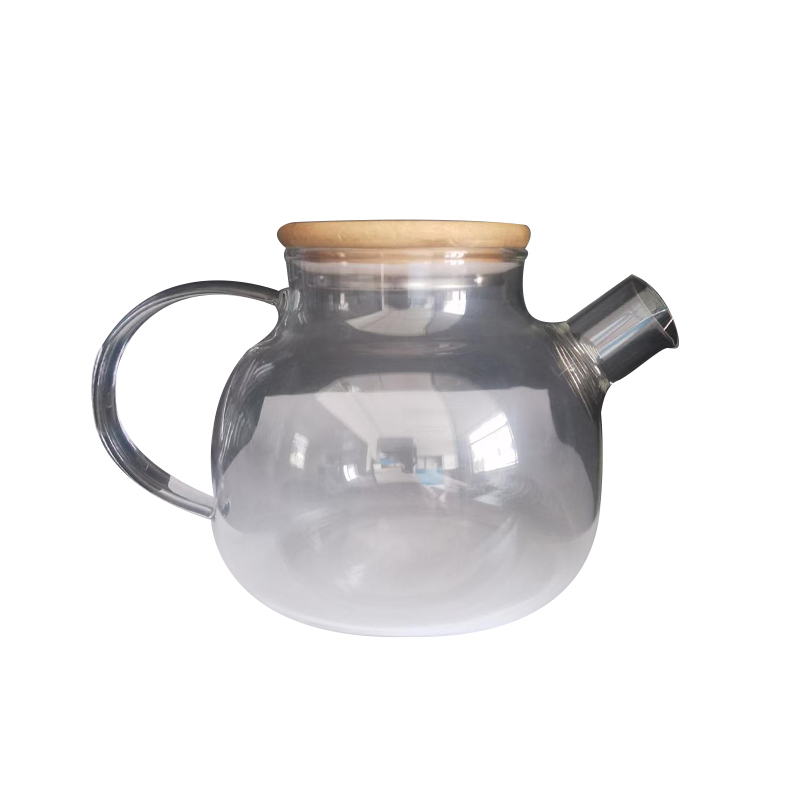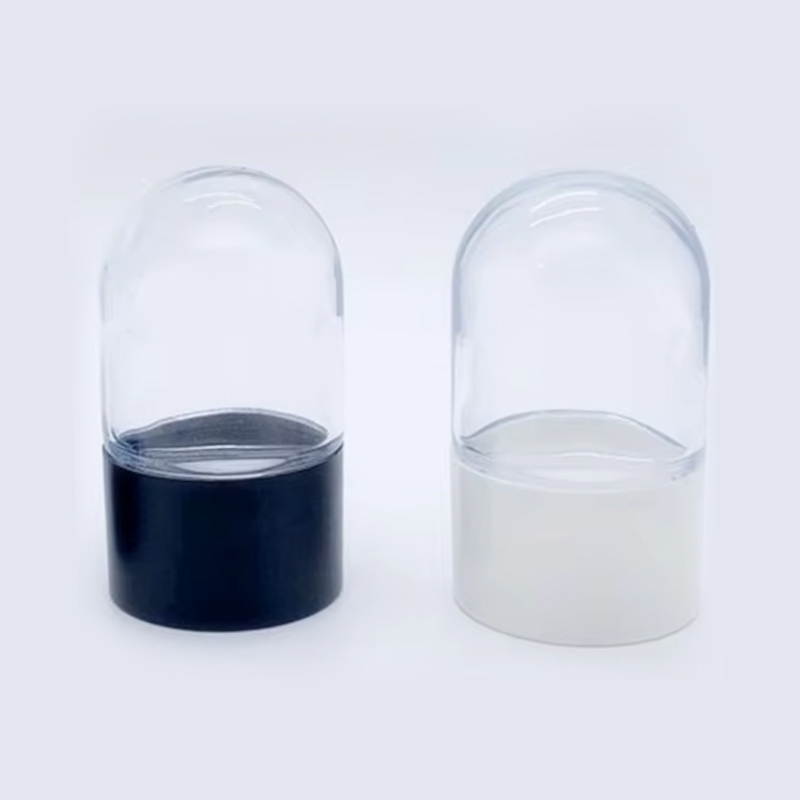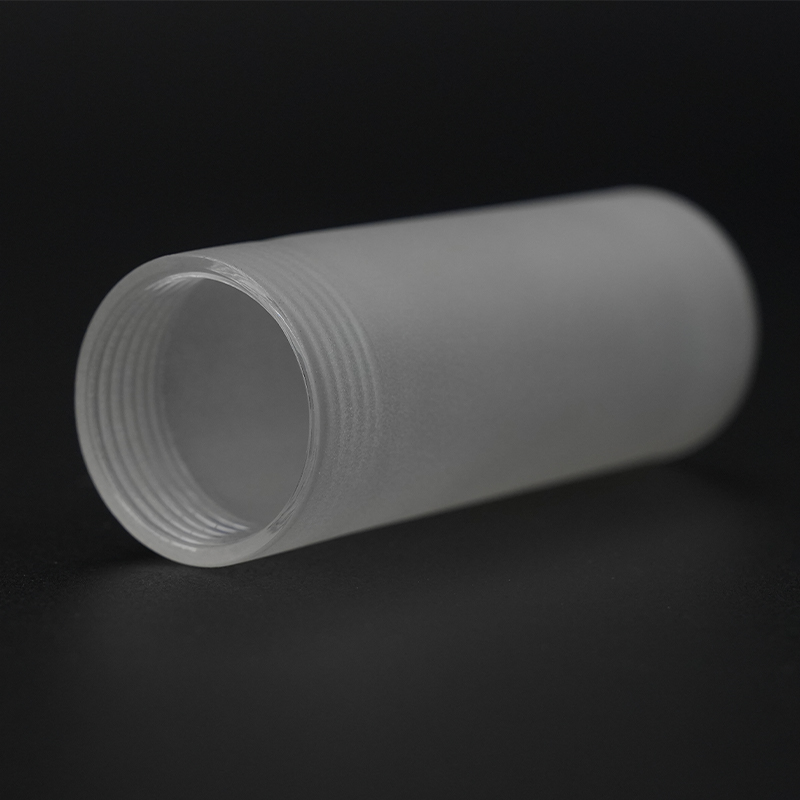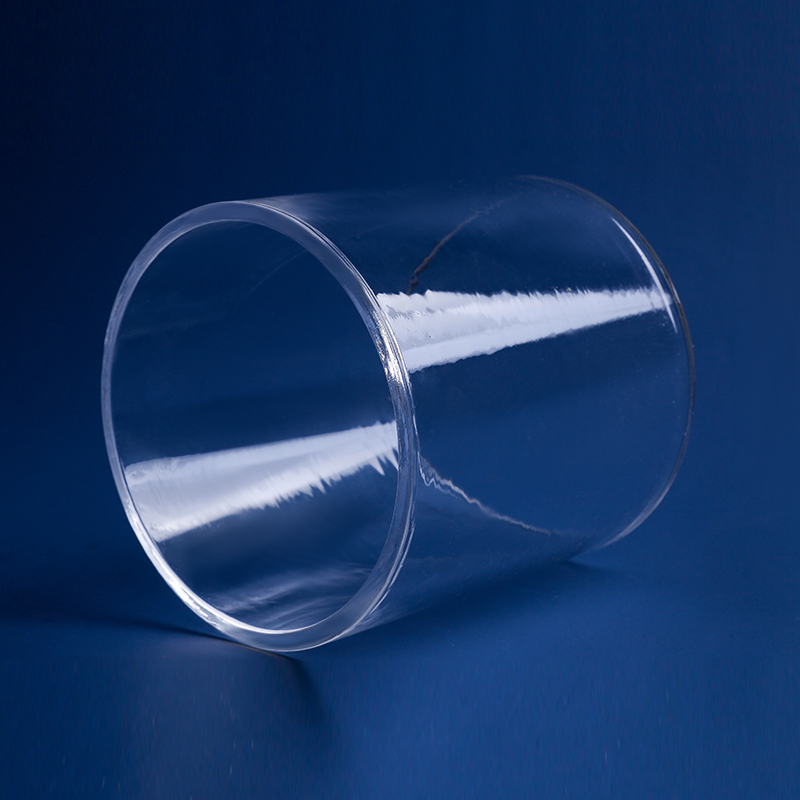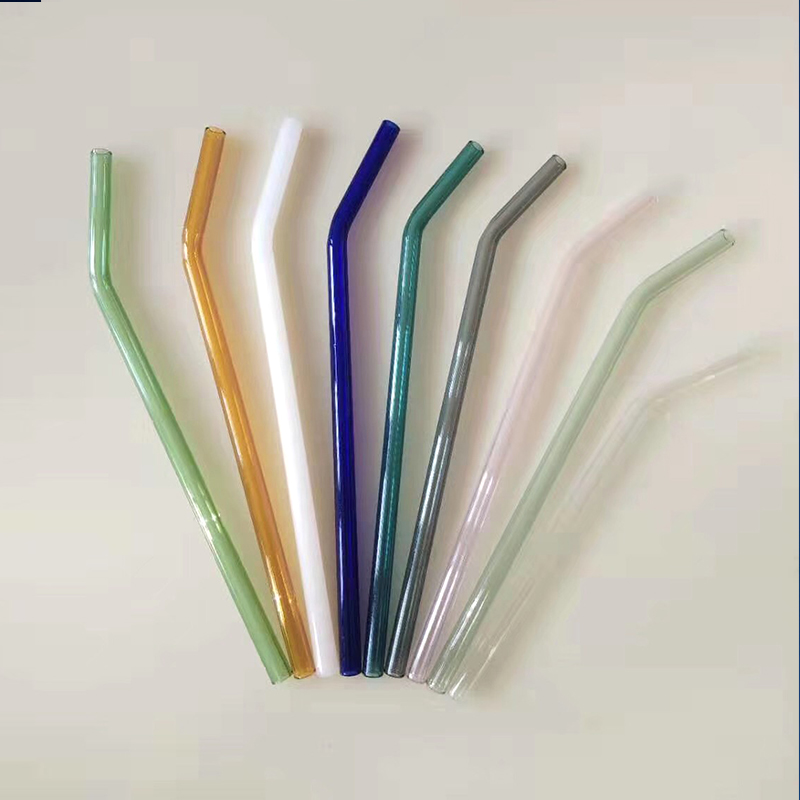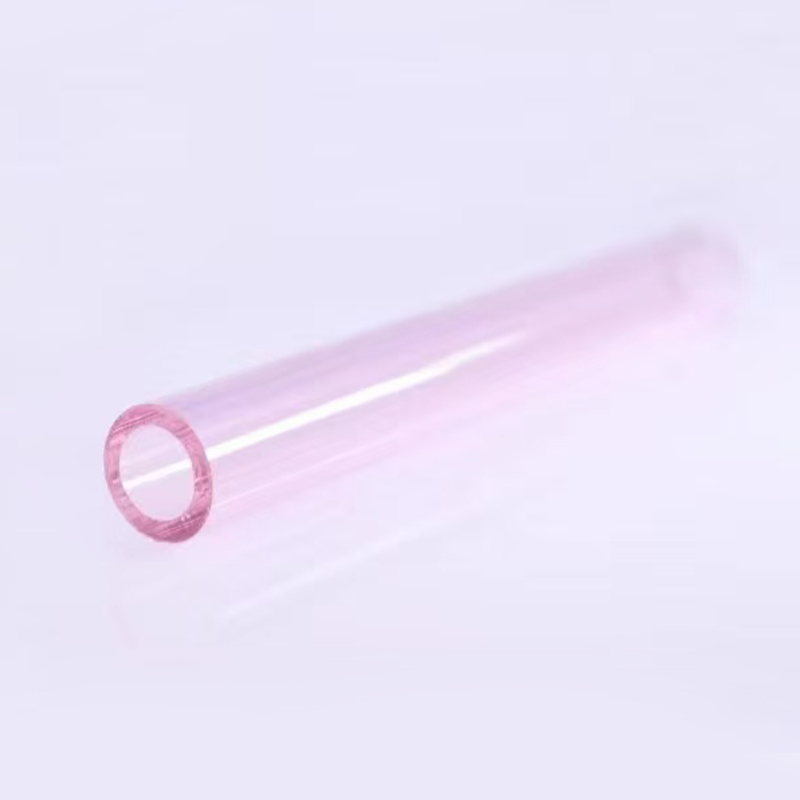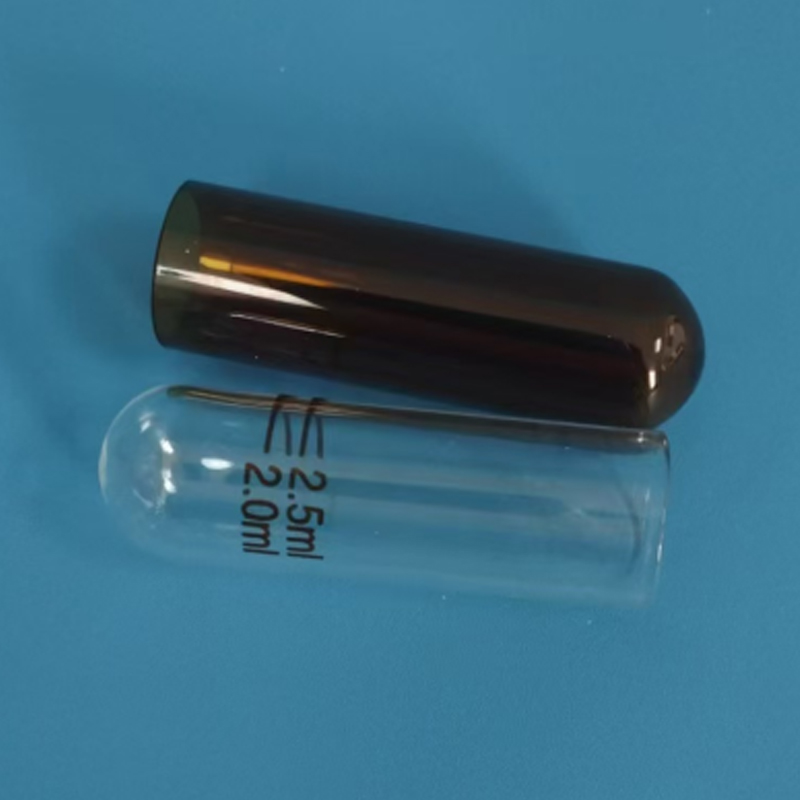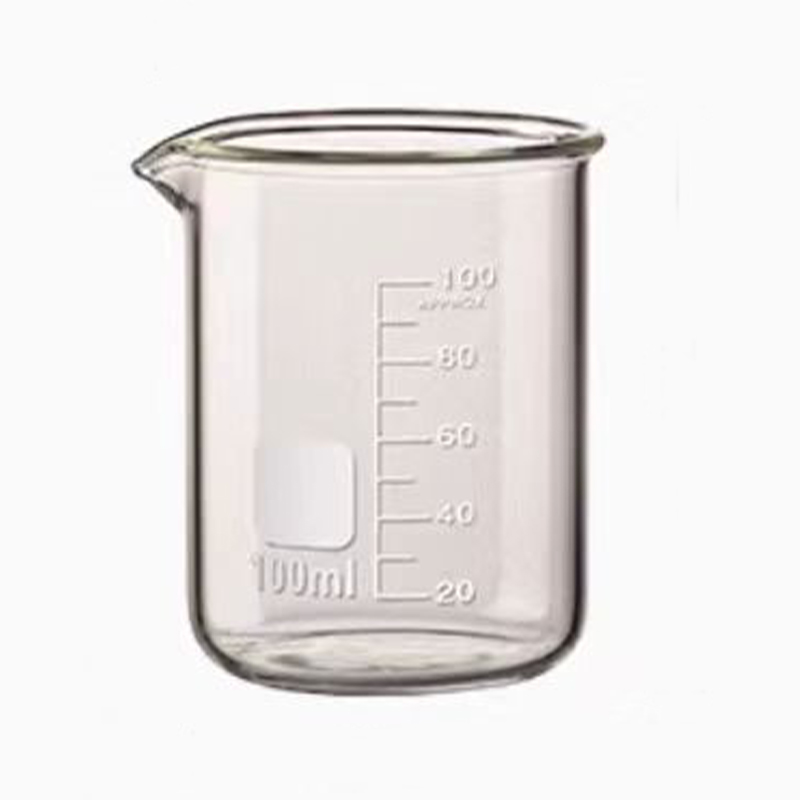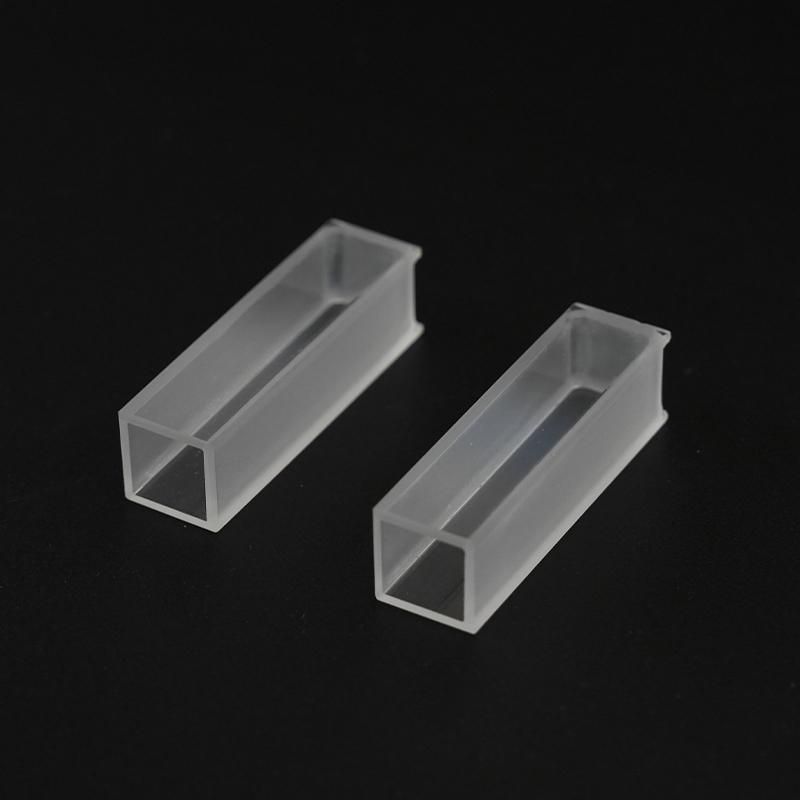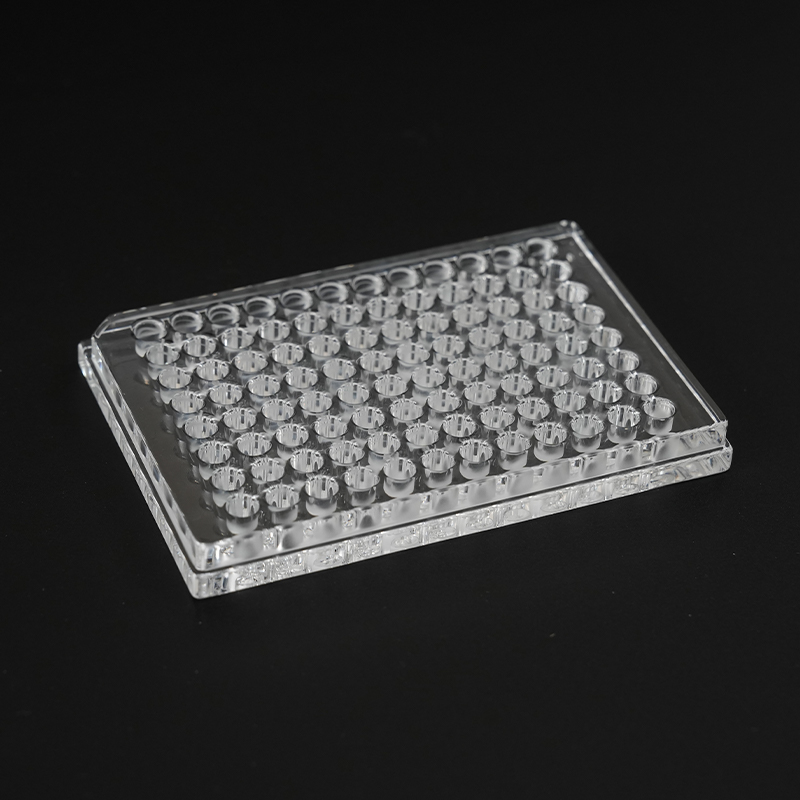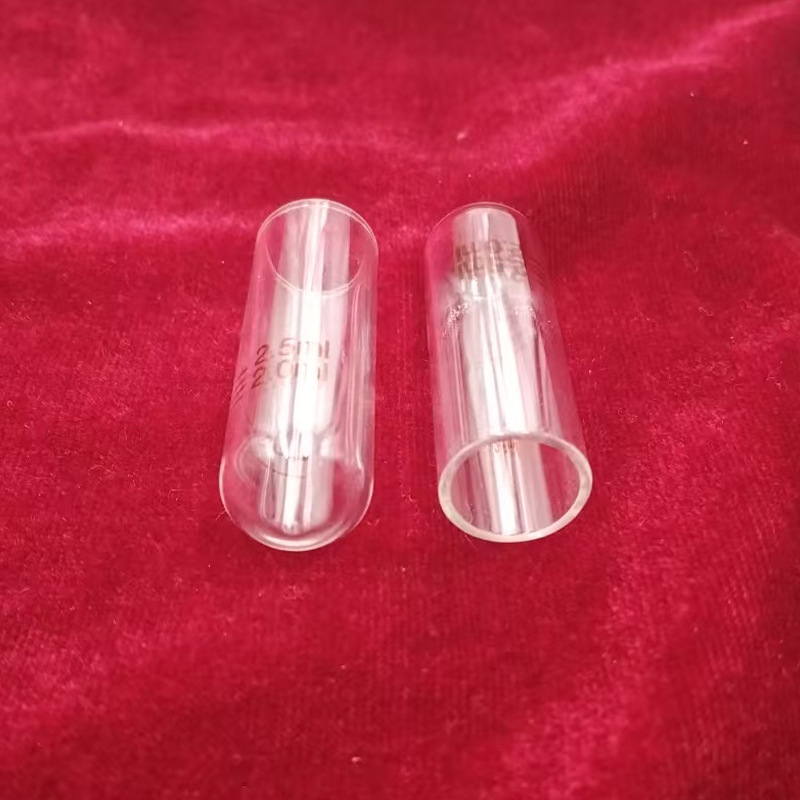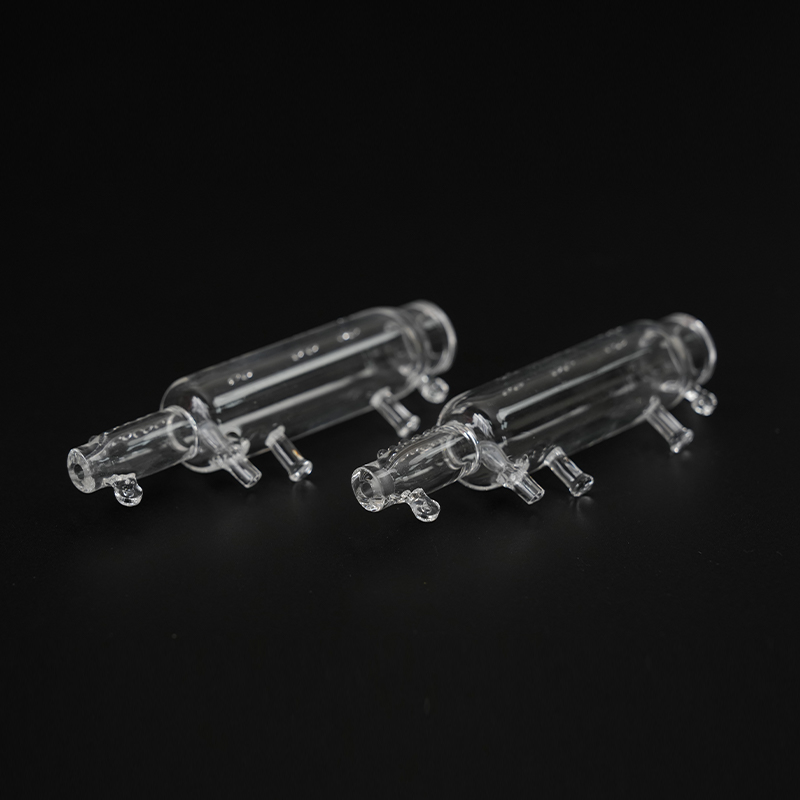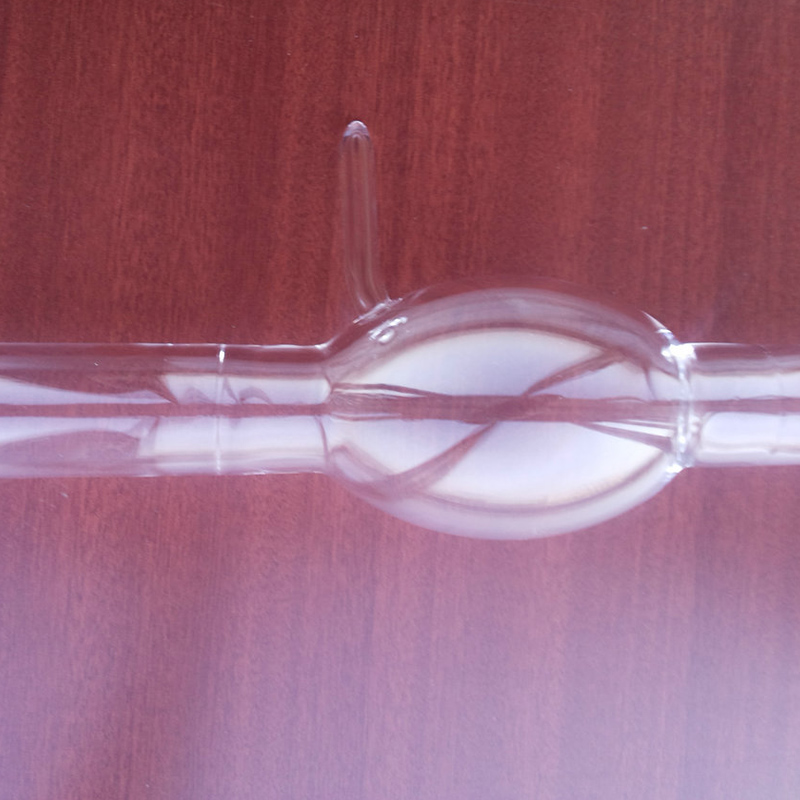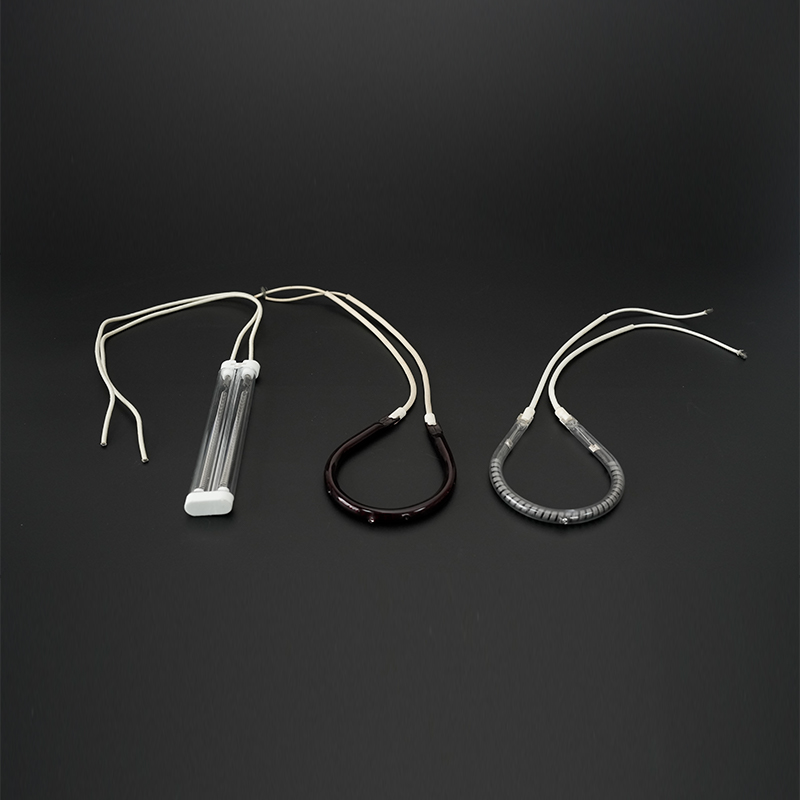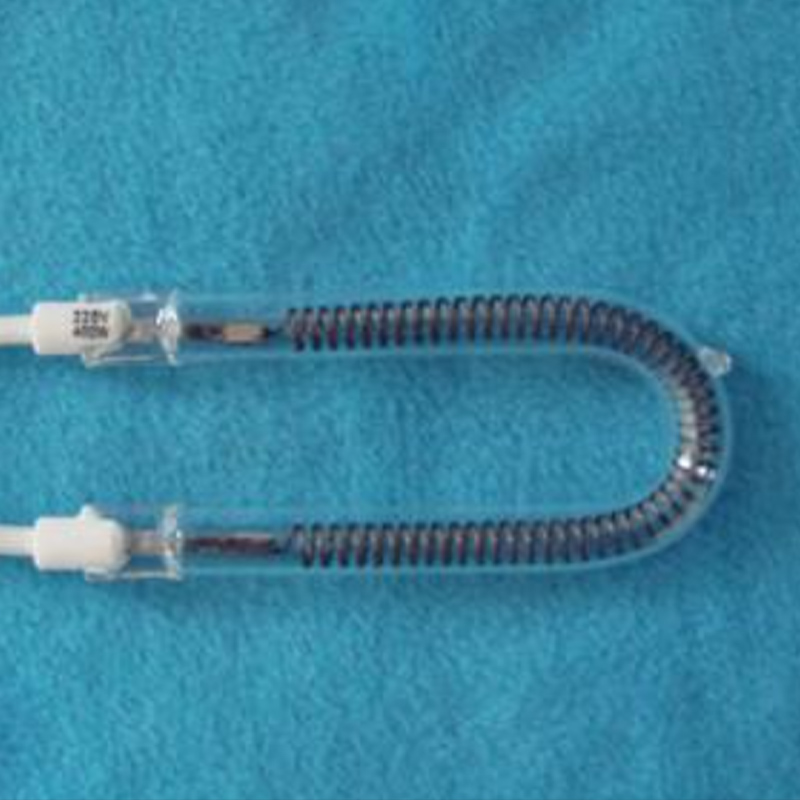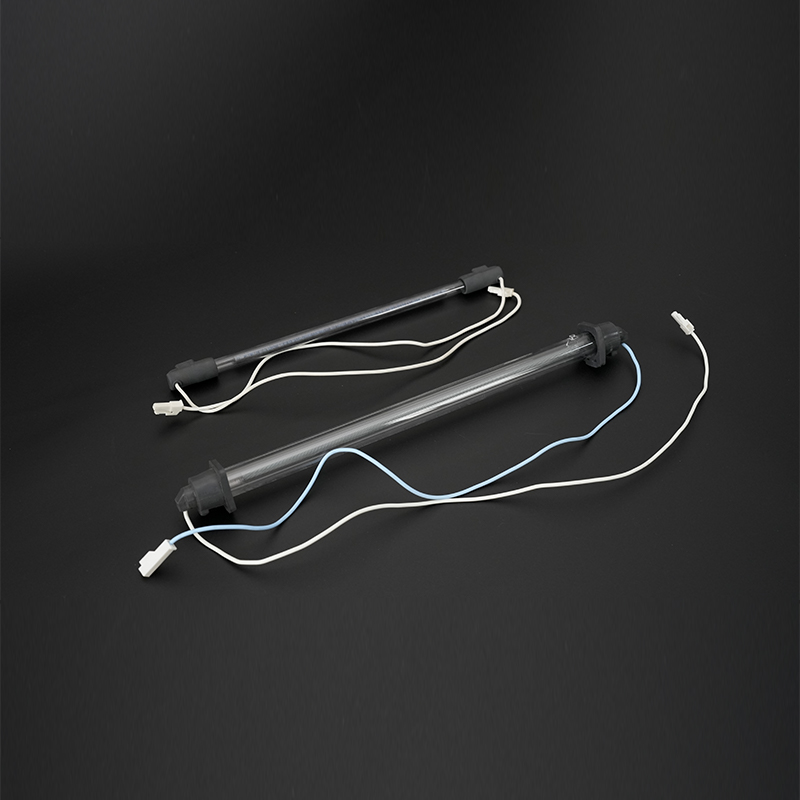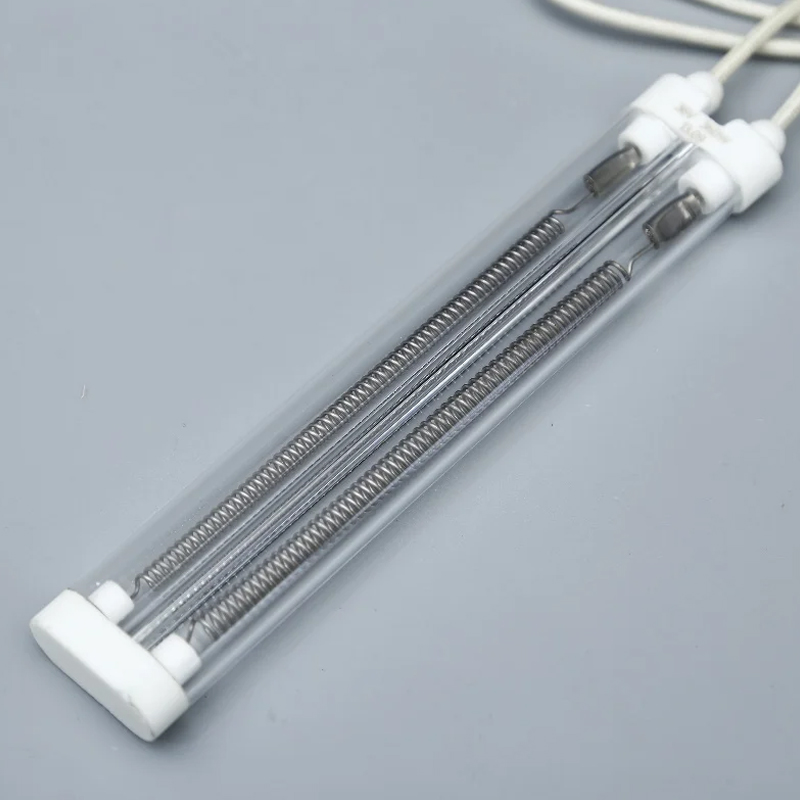If you need any help, please feel free to contact us
Quartz Glass Rod: Preparation, Application, and Development Trends of High-Purity Optical Materials
Quartz glass rod, a high-purity, high-performance optical material, has been widely used in various high-tech fields in recent years. Its excellent physical and chemical properties make it a key material in industries such as semiconductors, optical communications, and medical devices.
Quartz glass rod is a cylindrical material made of high-purity silicon dioxide (SiO₂), typically containing over 99.99% SiO₂. Its high purity gives it excellent optical properties, high-temperature resistance, and chemical stability, making it irreplaceable in a variety of fields.
Physical and Chemical Properties of Quartz Glass Rod
1. High-Temperature Resistance
Quartz glass rod has outstanding high-temperature resistance. Its softening point is 1780°C. In practical applications, it can operate at temperatures up to 1100°C, with short-term maximum operating temperatures reaching 1450°C. This characteristic enables long-term stable operation in high-temperature environments, making it suitable for processes requiring high temperatures, such as semiconductor manufacturing and optical fiber preforms.
2. Low Thermal Expansion Coefficient
The thermal expansion coefficient of quartz glass rods is extremely low, only 1/10 to 1/20 that of ordinary glass, resulting in excellent thermal stability. This means that even under drastic temperature fluctuations, the quartz glass rods will not experience significant dimensional changes or cracking. This property makes them ideal for use in experimental equipment that requires frequent heating and cooling.
3. Chemical Stability
Quartz glass rods are extremely resistant to corrosive substances such as acids, alkalis, and organic solvents. With the exception of hydrofluoric acid, quartz glass is virtually unreactive with other acids, and its acid resistance is 30 times that of ceramics and 150 times that of stainless steel. This excellent chemical stability enables them to perform well in highly corrosive environments, leading to their widespread application in the chemical, medical, and electronics industries.
4. Optical Properties
Quartz glass rods possess high transmittance and low scattering properties, making them an ideal material for optical device manufacturing. Their visible light transmittance exceeds 95%, and their transmittance in the ultraviolet spectrum reaches over 80%. This makes them irreplaceable in fields such as ultraviolet light, lasers, and fiber optic communications.
5. Electrical Insulation
Quartz glass rods possess excellent electrical insulation properties, with a resistance 10,000 times that of ordinary glass. They maintain excellent electrical properties even at high temperatures. This characteristic makes them suitable for use as insulating materials in electronic devices, high-voltage circuits, and high-frequency equipment.
Quartz glass rod processing primarily involves grinding, polishing, cutting, and drilling. Precision machining allows for highly precise surface treatment and dimensional control. Customized processing is also an important way to meet diverse customer needs, such as custom-defined dimensional tolerances.
Quartz glass rods, due to their excellent physical and chemical properties, such as high purity, high light transmittance, high-temperature resistance, and strong chemical stability, play an irreplaceable role in various high-tech fields. The following are specific applications in various industries:
1. Optics and Laser Technology
Quartz glass rods are a key material in the optical and laser technology fields. Due to their high purity and excellent optical transmittance, they are widely used in the manufacture of optical components such as lasers, optical fiber preforms, optical windows, and lenses.
Its high transmittance (over 80%) in the ultraviolet to infrared wavelength range makes it an ideal material for laser systems, enabling high-precision, stable light transmission. Furthermore, quartz glass rods' low coefficient of thermal expansion and excellent thermal stability enable them to perform exceptionally well in the high-temperature operating environments of lasers, ensuring long-term, stable operation.
2. Semiconductor Manufacturing
In semiconductor manufacturing, quartz glass rods are primarily used in key components such as single crystal silicon growth and high-temperature furnace supports. For example, during silicon wafer growth, quartz glass rods serve as support materials, capable of withstanding high temperatures (up to 1450°C) and complex process environments while maintaining structural stability and chemical inertness. Furthermore, quartz glass rods are used in the manufacture of insulating and thermally conductive materials in semiconductor packaging, providing excellent thermal management and electrical insulation for chips.
3. Medical
In the medical field, quartz glass rods, due to their biocompatibility and corrosion resistance, are widely used in surgical instruments, medical probes, and endoscope light guides. For example, in minimally invasive surgery, quartz glass rods can be used as surgical blade tips. Their stability in high-temperature sterilization and chemically corrosive environments ensures the safety and reusability of surgical instruments. Furthermore, quartz glass rods are used in medical devices such as X-ray windows and optical windows in CT scanners, where their high light transmittance and low scattering properties help improve imaging quality.
4. Laboratory Applications
In laboratories, quartz glass rods, due to their high purity and chemical stability, are widely used as stirring rods, sample analyzers, and evaporating dish stirring rods in chemical experiments. Their resistance to acid and alkali corrosion allows them to withstand prolonged use in strong acid and alkali environments without corrosion or contamination.
Furthermore, the high light transmittance of quartz glass rods makes them suitable for experimental procedures such as ultraviolet spectroscopy and fluorescence detection, ensuring the accuracy and reliability of experimental data.
5. Aerospace and Defense
In the aerospace and defense sectors, quartz glass rods, due to their excellent high-temperature resistance and mechanical strength, are used to manufacture high-temperature structural components, infrared windows, thermal protection materials, and other materials. For example, in spacecraft thermal control systems, quartz glass rods can serve as thermal barriers, helping equipment maintain stable operation under extreme temperatures. Furthermore, quartz glass rods are used to manufacture infrared optical windows for infrared detectors and missile guidance systems, where their high transmittance and low reflectivity help improve detection accuracy.
6. New Energy and Environmental Protection
In the new energy and environmental protection sectors, quartz glass rods are widely used in photovoltaic devices, high-temperature sensors, fuel cells, and other applications. For example, in solar panels, quartz glass rods can serve as conductive glass or insulating material, improving cell efficiency and stability.
Furthermore, quartz glass rods are used to manufacture high-temperature sensors that monitor temperature changes in industrial equipment and ensure it operates within safe limits. In the environmental protection sector, quartz glass rods are also used in the manufacture of high-efficiency filters and catalytic reactors to treat industrial waste gas and wastewater.
7. Communications and Electronics
In the communications and electronics sectors, quartz glass rods are widely used in fiber optic communications, electronic components, and high-frequency circuits. Due to their high purity and excellent electrical insulation properties, quartz glass rods can be used as a material for optical fiber preforms, used to manufacture high-bandwidth, low-loss optical fibers. Furthermore, quartz glass rods are used to manufacture insulation and heat dissipation materials in high-frequency circuits, ensuring the stability and safety of electronic devices operating in high-frequency environments.
As a high-performance material, quartz glass rods play an increasingly important role in modern scientific and technological development. With technological advancements and growing market demand, the application prospects of quartz glass rods are vast. In the future, with the introduction of more innovative technologies, quartz glass rods will play a vital role in even more fields.

 +86-0515-86223369
+86-0515-86223369  en
en English
English 日本語
日本語 Español
Español